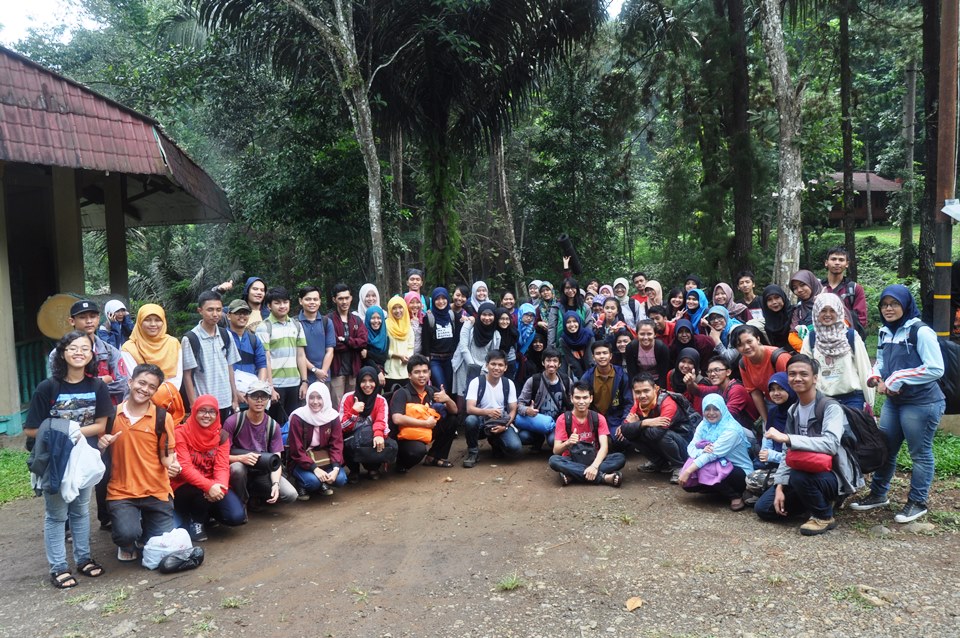
Gunung Walat, Sukabumi – Fieldtrip of Natural Resource and Environmental Economic Valuation Course of Resource and Environmental Economics Department of IPB Faculty of Economics and Management took place on May 11-12, 2013 on GWUF.
This field trip was attended by 141 students, 3 practicum assistants, and 2 lecturers from the Department of Resource and Environmental Economics (ESL) Faculty of Economics & Management (FEM) of IPB. The Coordinator of the Course on Economic Valuation of Natural Resources and Environment who accompanied this field trip was Dr. Ir. Eka Intan K. Putri, MS.
The field trip is conducted to estimate the ecosystem value of Gunung Walat University Forest in monetary terms. In other words is how much the monetary value of the GWUF ecosystem will be if it is cashed.
“As a forest ecosystem, GWUF becomes the site of ESL Department to conduct a field trip because GWUF has 9 criteria which fit the Economic Value that can be estimated by the participants”, said Andreas Hasiholan Hutahaean, the 47th Batch of ESL student who was also the head of the field trip committee.
The criteria that can be estimated are 1) Estimated economic value of firewood; 2) Estimated economic value of sap; 3) Estimated economic value of tourism; 4) Estimated economic value of agroforestry; 5) Estimated economic value of biodiversity (divided into 2 parts: flora and fauna); 6)Estimated economic value of carbon; 7) Estimates economic value of natural karst caves; 8) Estimated economic value of springs and; 9) Estimated economic value of education and training.
Field trip participants were also given a general explanation about the management, ecosystem, and biodiversity of GWUF by the assistant manager, Adly Rahandi Lubis, S.Hut. Participants gave high appreciation for the success of GWUF in converting the barren empty 359 ha land area in 1951 into a dense forest whose benefits can be felt at this time so that the economic estimation can be measured.
Before the participants estimated the economic value in the field, a discussion was conducted to find out the first the strategy in data collection. Then the participants went to the field to collect data directly through observation and also interviews with managers and communities around the GWUF area.
After collecting the data, participants reunited to share the data and discussed the estimation of the 9 economic value criteria.
“Participants were very excited with the existence of the GWUF ecosystem, where the environment is very cool, the manager who welcomes participants is very friendly, and the potential of GWUF itself which can be maintained for the sustainability of natural resources and the environment” explained Andreas.
[hap]
Photo gallery click here
Download news click here
